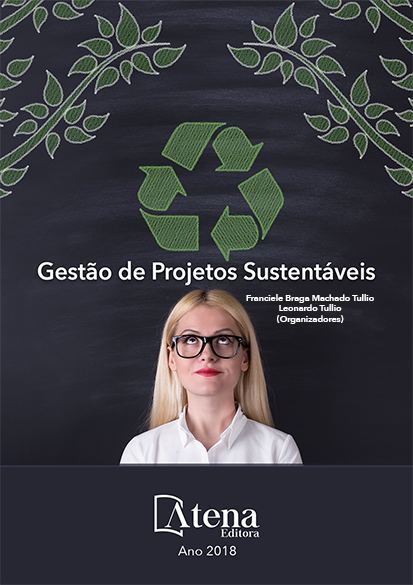
Nanomateriais na Reabilitação de Património Arquitetónico
Os nanomateriais (NM) apresentam
propriedades físico-químicas específicas que
lhes conferem caratiristicas – entre outras,
mecânicas, óticas, elétricas e magnéticas
únicas e vantajosas para as mais diversas
aplicações.
O património edificado nas grandes cidades,
confronta-se com problemas ambientais
agravados, mormente pela sua contínua
exposição aos gases altamente poluentes
emitidos pelo intenso e contínuo tráfego de
veículos e pela indústria instalada na periferia,
refeltindo-se negativamente na qualidade
do ar, com a consequente degradação das
fachadas dos edifícios, provovando uma
maior necessidade de obras de manutenção
e consequentemente custos mais elevados. A
estabilização estrutural, com recurso a materiais
compósitos, destacando-se a aplicação
de fibras de carbono, de manuseamento
substancialmente melhorado - pela sua leveza,
flexibilidade e resistência, possiblitando uma
intervenção mínima, pouco intrusiva, garantirá
maior rapidez de execução, numa redução
substancial do número de trabalhadores e
equipamento necessário em estaleiro.
Contribuir para o estimulo do uso de materiais
nanoestruturados nas intervenções de
reabilitação do Património Arquitetónico, com
novas características e novas propriedades,
nomeadamente as de autolimpeza, invocando
as suas vantagens quando aplicadas no
revestimento de superfícies expostas
particularmente em ambientes agressivos.
Pretetende-se assim sintetizar o conhecimento
atual sobre a nanociência, destacando-se o
contributo que a nanotecnologia vem conferir -
com introdução de materiais nanoestruturados
nas intervenções de reabilitação, numa
perspetiva de uma intervenção mais sustentavel.
Nanomateriais na Reabilitação de Património Arquitetónico
-
DOI: Atena
-
Palavras-chave: Nanomateriais; Reabilitação; Património Arquitetónico.
-
Keywords: Nanomaterials; Rehabilitation; Heritage Architectural
-
Abstract:
The nanomaterials present
specific proprieties physicochemical that confer
some unique characteristics like mechanicals,
optical, electrics and magnetics valuable for the
most different applications.
The built heritage on the biggest cities confront
environmental problems aggravated mostly by
their continued exposition to highly polluting
gases issued by the intense traffic of vehicles
and by the industry on the periphery, reflected
negatively on the air quality with consequent
degradation of the facades of buildings, that
prove a greater need for maintenance works
and higher costs.
The structural stabilization, with a resource of composite materials, stands out the
application of carbon fibers with improve handling by its lightness, flexibility and
resistance, allowing a minimal intervention, less intrusive, will ensure faster execution
in a substantial reduction of number of workers and needed equipment on site.
Contribute for the stimulating the use of nanostructured materials in the rehabilitation
interventions of the architectural heritage, with new characteristics and proprieties as
the self-cleaning, invoking its benefits when applied to the coating of exposed surfaces
particularly in aggressive environments.
It is intended to be synthesized the current knowledge about nanoscience, highlighting
the contribution that the nanotechnology confers by the introduction of nanostructured
materials in rehabilitation interventions with s view to a more sustainable intervention.
-
Número de páginas: 15
- Carlos Manuel Franco


